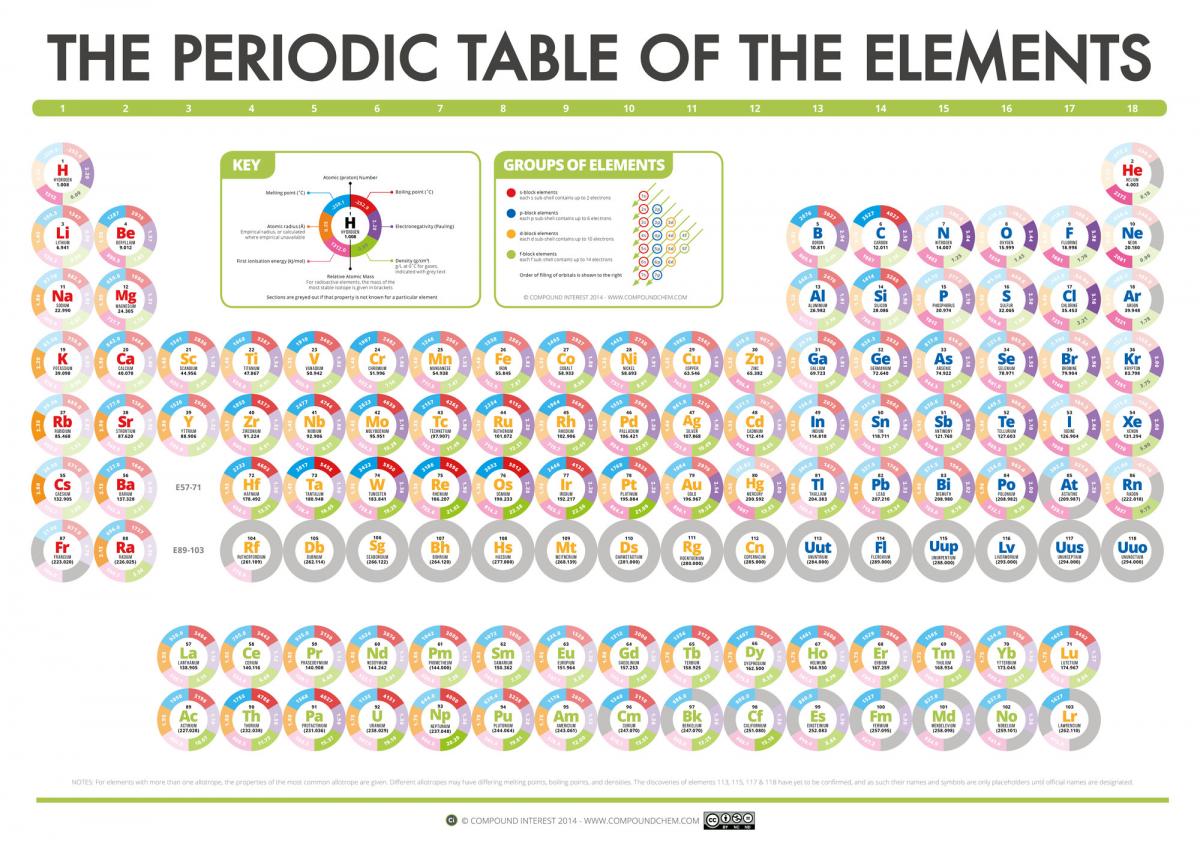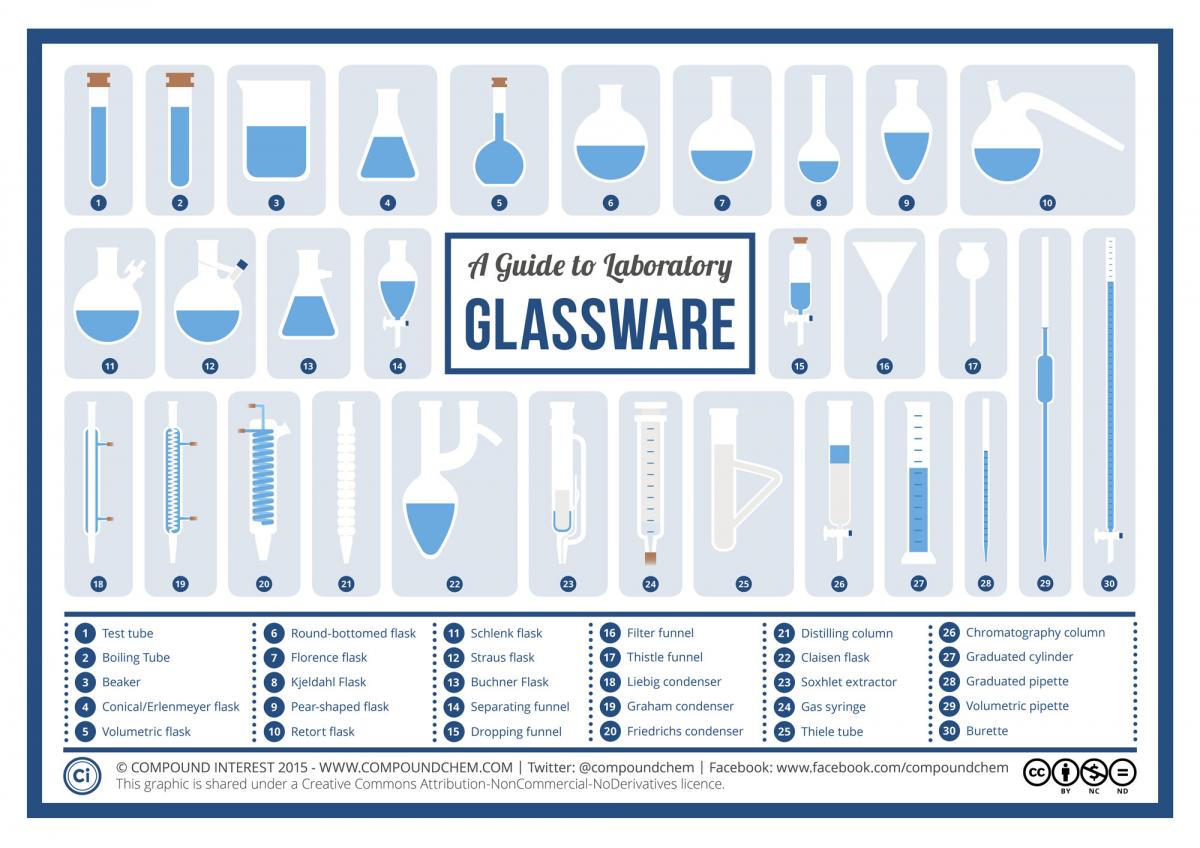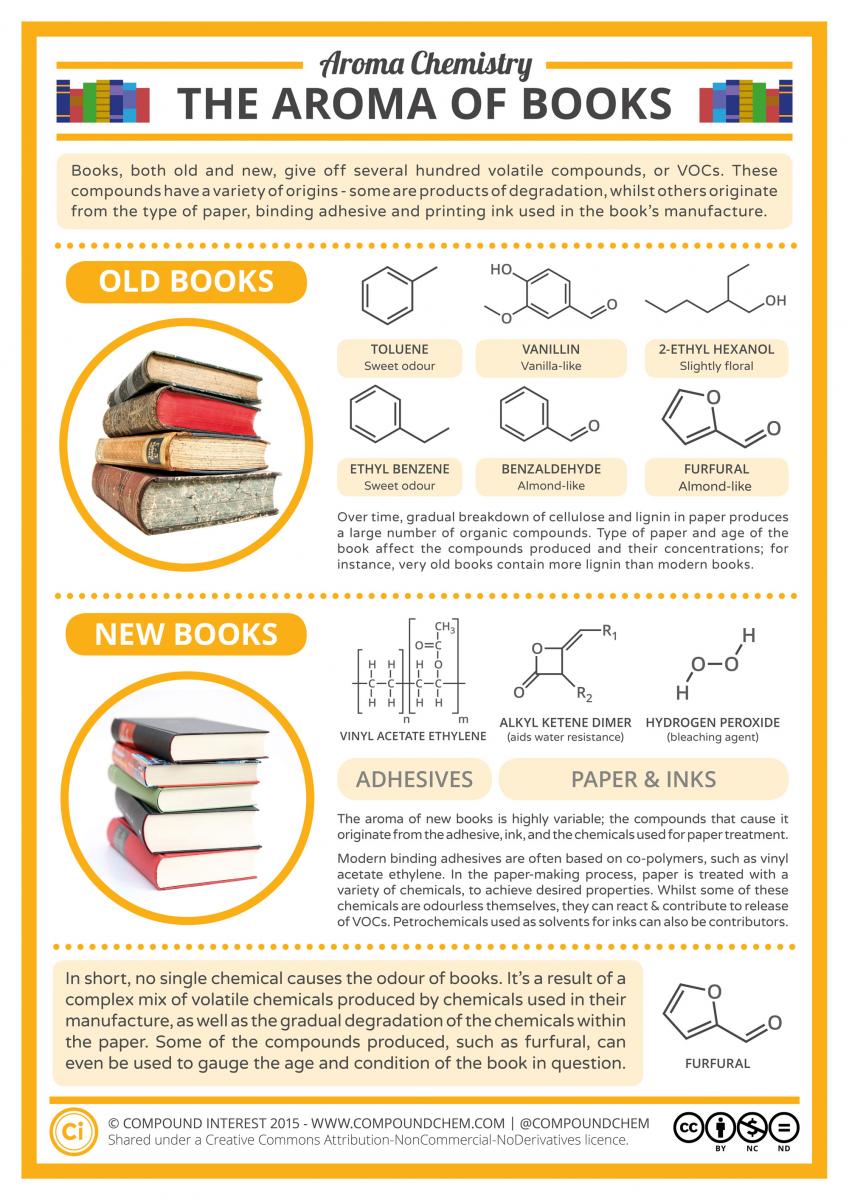Compound Interest: communicating chemistry with engaging graphics Inspire article
UK chemistry teacher Andy Brunning talks about juggling school life with his famous online alter ego, ‘Compound Interest’.

mastermind behind
Compound Interest.
Image courtesy of Andy
Brunning / Compound Interest
By day, Andy Brunning teaches chemistry at a secondary school in Cambridge, UK. But by night, he single-handedly runs the website ‘Compound Interest’, creating educational infographics that explore everyday chemistry.
What started as making a poster for his own classroom has led Andy to produce nearly 400 graphics, all of which are available to download free of charge from his websitew1. Answering questions such as ‘Why is coffee bitter?’ and ‘Why does bacon smell so good?’ and explaining the chemistry behind honey, cosmetics and Christmas trees, Andy’s graphics have been featured on websites including The Guardian, Huffington Post and Smithsonian. His social media following is rather impressive too, with over 227 000 Facebook likes and 17 700 followers on Twitter – figures that are still rapidly growing.
Starting out
Despite his Internet fame, Andy is first and foremost a teacher. After gaining a degree in chemistry, Andy found he was not interested in pursuing laboratory work. “I was much more enthusiastic about explaining chemistry concepts to students,” he says “That was the reason I went into teaching in the first place.” He worked in two schools during his year of teacher training before he arrived at a school in Bournemouth, UK. “It was there that Compound Interest got started,” he says.
“When I arrived, they had stripped the classroom of the displays. I had a periodic table on the wall and that was about it,” Andy recalls. In an attempt to inject some inspiration into his classroom, he started searching online for posters. He soon saw the problem. The resources Andy found were “boring, dry, or didn’t look visually appealing”. His solution was to “throw something together” on his laptop. “If it is colourful and interesting, it will be fine,” he thought.
With only a basic school qualification (GCSE) in graphics behind him, Andy set about creating his first infographic. “The first bunch I did,” he says, “were on the groups of elements in the periodic table.” He showed them to a handful of teachers, who suggested he post them somewhere on the Internet for others to download. “That is how Compound Interest began: just off the back of a few posters. Completely accidentally!”

Graphics in the classroom
Now Andy aims to create at least one new graphic a week, but it can depend on his workload at school. How does he balance a full teaching career with Compound Interest? “With difficulty,” he laughs. “Usually I’ll stay for at least an hour at the end of the day, catching up with marking and planning,” he says. “Then I’ll spend an hour or two working on graphics at home, although my fiancée would probably argue it was a bit more!”
His two careers, however, complement each other well. Andy started creating his graphics with his students in mind, so his work is very relevant to his lessons. He also enjoys researching topics that aren’t necessarily part of the syllabus but that can be brought into his teaching. One of Andy’s favourite graphics to use is of the periodic table, but he also loves his ‘Guide to laboratory glassware’.
His students like using the posters as references too. “My year 12 class [16- to 18-year-olds] loves the organic chemistry functional groups graphic. They all have a printed copy of it – not at my behest I might add!” Andy has also created teaching versions of some of his work, removing parts of the graphics for students to fill in the blanks. “Teachers could easily adapt the graphics themselves to use as teaching resources,” he suggests.

The graphics are not limited to the walls of a chemistry classroom, however. Andy describes how one school used several graphics for their ‘chemistry week’, displaying posters in different areas of the school. The English department featured a graphic explaining the aroma of books, while the school canteen presented food-related graphics. Andy’s work is undoubtedly relevant to the other sciences too, and of course to our everyday lives.
It’s not just chemistry students that enjoy Andy’s work. “That’s part of the idea, to get people who aren’t chemists interested as well,” he says. However, despite his audience growing beyond the classroom, he still produces content that is more directly applicable to topics that students are studying. “It makes sense to keep catering for them as well,” he says. “I know there are a lot of chemistry students either at university or still at school who are following the Facebook page.”
Inspiring students
Over the past three years, Andy has built up an impressive collection of graphics, as well as publishing his first book Why Does Asparagus Make Your Wee Smell? And 57 Other Curious Food and Drink Questions. So how does he constantly come up with new ideas? “I get my inspiration from a variety of places,” he says. His ideas often arise from teaching or from questions asked by his students; even reading articles can plant an idea in his head. Inspiration can strike from everyday occurrences too; putting in contact lenses in the morning, for example, resulted in a graphic explaining the polymers that make up different types of lenses. Andy’s general approach, however, is to create content that he finds fascinating, and he hopes others will too. “I really love the food ones,” he says. “There was a reason why I focused on food chemistry for the book!”

As for inspiring his students to enjoy science, Andy’s tip is to show them how it is applicable to their own interests. If students are keen on sports, for example, Andy suggests showing them how chemistry fits into the picture. “They often don’t realise that chemistry is involved in some aspect,” he explains.
You would imagine having a chemistry teacher with such online success was inspiration enough for his students, but Andy says their interest in his work varies. “Generally they are quite interested, but it depends how excited by science they are. One of my year 10 classes [14- to 15-year-olds] is particularly keen though, and they like to look at my book in lessons.” Andy will often find students reading his ‘about’ page on the Compound Interest website, but he’s not one to shout about his accomplishments. Some students are yet to realise the connection, unaware that their own teacher has created the charts and posters they are using in lessons.
It won’t be long before the rest of his students make the link, especially with the grand plans Andy has for Compound Interest. He aims to produce a second book and has recently started a new project, ‘Chemunicate’w2, in which he works with researchers to communicate their studies in a more accessible way. On top of that, Andy wants to complete a set of chemistry playing cards he’s been working on, which will surely go down a treat in any classroom or staffroom!
Web References
- w1 – Use the search button on the Compound Interest website to find any of the graphics mentioned in this article, including fill-in-the-blanks teaching versions. All the graphics are free to download for educational purposes.
- w2 – Find out more about Andy’s latest project ‘Chemunicate’.





